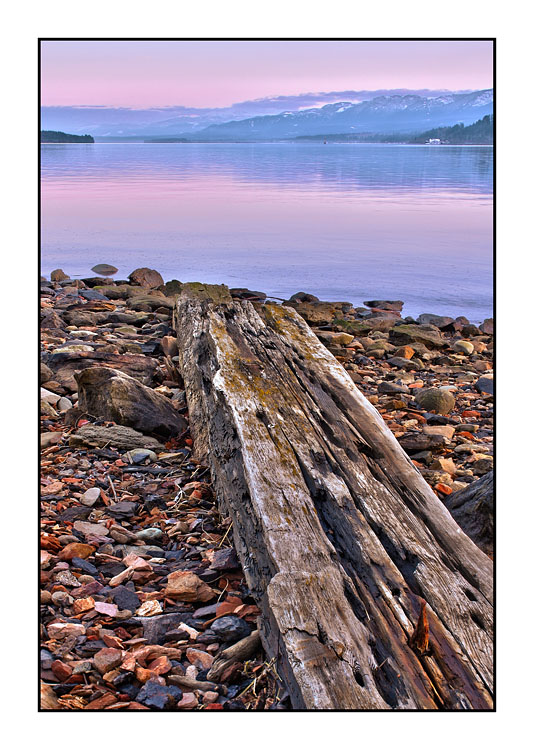Reading the Willey Disaster: An Evolutionary Approach to Environmental Aesthetics in Cole's Notch of the White Mountains and Hawthorne's "The Ambitious Guest"
Keywords:
environmental aesthetics,Abstract
Inspired by the Willey Disaster of 1826, a landslide in the White Mountains that killed an entire family living in Crawford Notch, both Nathaniel Hawthorne and Thomas Cole produced works of art commemorating the event. Hawthorne’s story “The Ambitious Guest” and Cole’s painting The Notch of the White Mountains are usually read in light of their cultural significance, most often as contributions to a nationalist aesthetic that sought to celebrate American landscapes—and the history and legends associated with them—as the basis for distinctly American art forms. But applying ideas about the evolutionary basis for environmental preferences, as described in articles by Gordon Orians and Judith Heerwagen and Stephen Kaplan, gives us a different way to account for the lasting appeal of these classic works of landscape art and environmental literature. Recognizing the importance of habitat selection to any species, Orians and Heerwagen outline the “savanna hypothesis,” “prospect-refuge theory,” and the temporal and spatial frames of reference as they account for our intuitive and subconscious preference for certain landscapes. Kaplan describes a four-part “preference model,” discussing the appeals of coherence, complexity, legibility, and mystery in determining our landscape preferences. Together, their analyses demonstrate why we are drawn to landscapes which offer both access to resources and protection from predators, which allow us to see without being seen, and which offer the promise of successful inhabitation. Successful artists and writers like Cole and Hawthorne know how to appeal to these innate, genetically-imprinted preferences for certain kinds of environments. Landscape art, then, in all its forms, succeeds not only by invoking cultural themes and influences but by appealing to human nature.Downloads
Published
2011-07-17
How to Cite
Marshall, I. (2011). Reading the Willey Disaster: An Evolutionary Approach to Environmental Aesthetics in Cole’s Notch of the White Mountains and Hawthorne’s "The Ambitious Guest". Journal of Ecocriticism, 3(2), 1–15. Retrieved from https://ojs.unbc.ca/index.php/joe/article/view/284
Issue
Section
Articles

